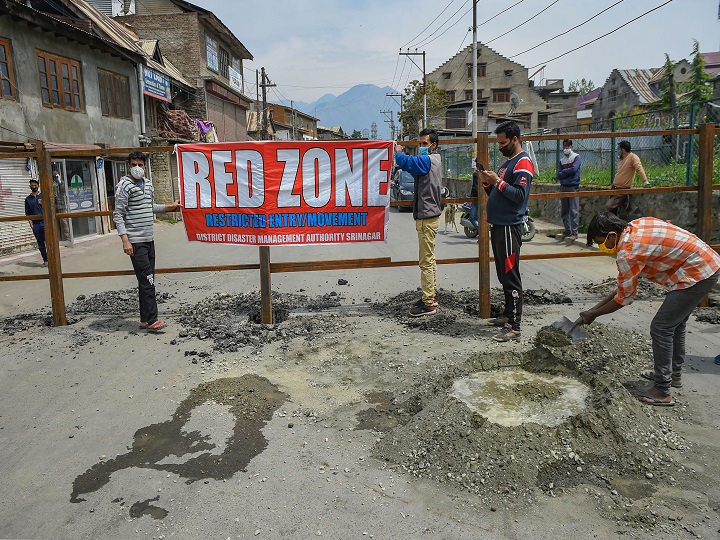Govt. declares 170 districts hotspots, identifies 207 as non-hotspots

NEW DELHI : Union government on Wednesday said that it has identified 170 districts as hotspots of novel coronavirus outbreak and 207 districts as non-hotspots while the rest have been categorised as green zones.
All the districts have been categorised based on the occurrence of COVID-19 cases in each of them in order to efficiently manage the fight against coronavirus pandemic, the government said.
“States have been asked to classify districts which have reported a higher number of cases as hotspots, the districts where cases have been reported as non-hotspots, and green zones where no cases have been reported,” Joint Secretary in the Ministry of Health Lav Agarwal said while speaking at the daily briefing.
Districts falling under the Green Zone are most likely to see restrictions being relaxed post April 20 if they continue to keep Coronavirus at bay, as Prime Minister Narendra Modi said in his speech on Tuesday where he extended the nationwide lockdown till May 3.
“The Union Cabinet Secretary held a video conference today with all Chief Secretaries, DGPs, Health Secretaries, Collectors, SPs, Municipal Commissioners and CMOs where hotspots were discussed and orientation on field level implementation of containment strategy was given,” he added. Places from where a high number of COVID-19 cases are being reported have been classified as hotspots.
He also added that all the states have been told that the period of lockdown is to be utilized properly, adding that districts, where cases are being reported but are not hotspots, need to work proactively and initiate containment strategies.
Hotspots are the districts where the absolute number of Covid-19 cases reported are high or the rate of growth of positive cases is high. Whereas, non-hotspots are the areas that have reported cases of Covid-19 but the number is limited.
Green zone districts are where no case of novel coronavirus has been reported. As per the containment strategy, a special team will search for active cases in contained clusters. Samples will be collected and tested of all symptomatic people within the cluster even if they have had no direct or indirect contact with a positive patient or travel history.
“Areas that are reporting cases but are not hotspots could become potential hotspots in the future,” Aggarwal said. Health ministry has issued a fresh set of guidelines to the state, urging the government to give thurst to dedicate Covid-19 hospitals and contact tracing.
Hotspots are selected on two grounds, one where cases are emerging more and the other where the doubling rate is higher. If there are less than or equal to 15 cases in an area, then it is considered as a cluster containment zone.
Containment operation would be deemed over when there is no case reported in 28 days from an area after the last case tests negative. Hotspots (designated red zones) will be assumed to be undertaking effective containment activities if no case is reported in next 14 days (designated orange zones) and will be deemed successful in containment if no case is reported for 28 days (designated green zones), according to a statement by the Health Ministry.
“Every case has been asked to be monitored on a daily basis at the district level. The districts have been asked to tell about staff infection prevention. The districts which are getting the case report today may be potential hotspots and also need to be focused.
“Hotspots are those districts which are reporting more number of cases or where the rate of growth of COVID-19 cases is high,” Agarwal said, adding a detailed direction has been issued to states stating consolidated efforts are required to utilize this period of lockdown to curb the spread of the virus.
Hotspots have also been identified in other states of the country such as Punjab, Madhya Pradesh, Telangana, Jammu & Kashmir, Kerala, Bihar, West Bengal, Assam and Himachal Pradesh. All these districts have been marked under Red Zone by the Central government.
(With Agency Inputs ).

